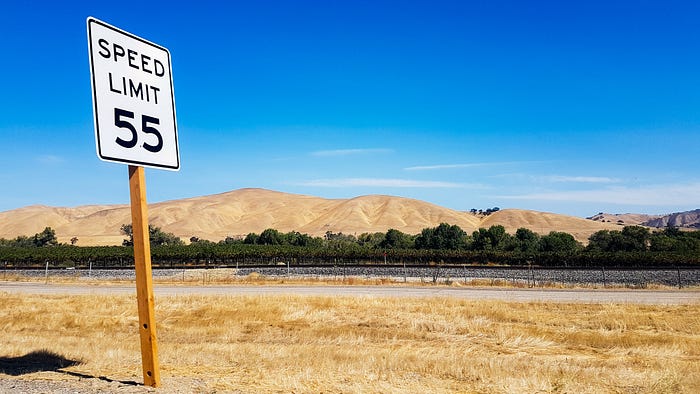Python’s Limits
Most of us will never test these limits but it is good to be aware of them
Here are a few examples of Python’s limits and the specific limit value:
- Maximum recursion depth: The maximum recursion depth in Python is typically set to around 1000 by default. This can be increased by changing the sys.setrecursionlimit() function, but it is generally not recommended to increase the recursion depth beyond a certain point, as it can lead to performance issues.

- Maximum integer size: The maximum size of a Python integer is determined by the underlying architecture of the machine on which Python is running. On most systems, the maximum size of a Python integer is approximately 2⁶³ — 1, but it can be larger on some systems.
- Maximum list size: The maximum size of a Python list is determined by the amount of available memory on the machine on which Python is running. The exact maximum size of a Python list will depend on the size of the elements in the list and the amount of available memory.
- Maximum nested data structures: The maximum depth for nested data structures in Python is determined by the amount of available memory on the machine on which Python is running. The exact maximum depth will depend on the size and complexity of the nested data structures and the amount of…







